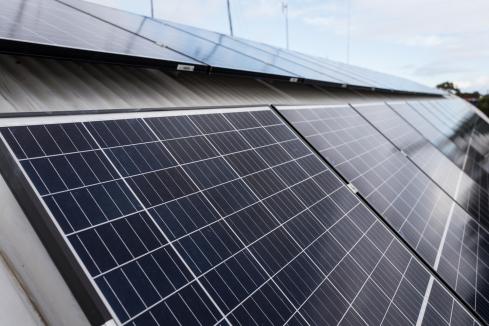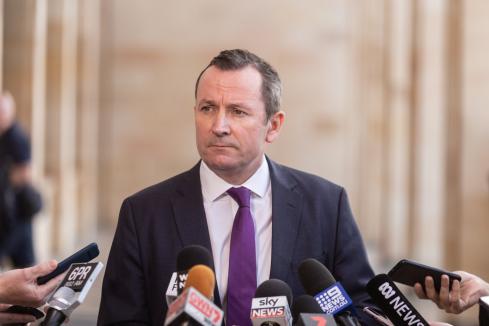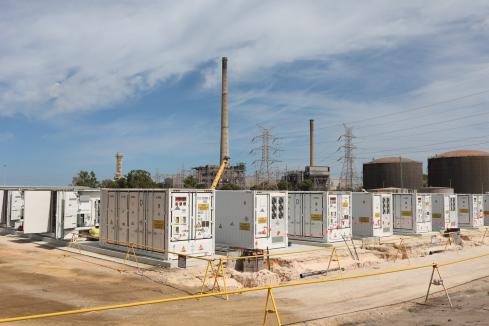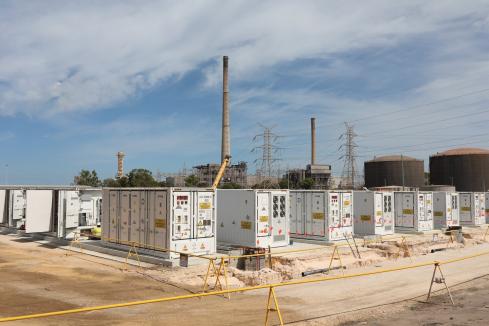There’s growing pressure for the state government to rethink how it prices electricity because of the proliferation of solar panels, but the issue could be electoral dynamite.

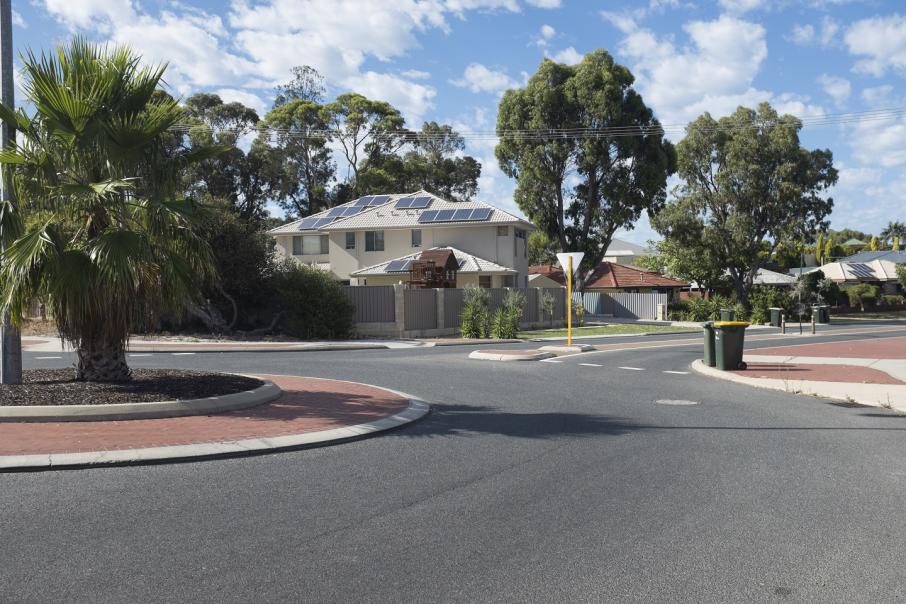
There’s growing pressure for the state government to rethink how it prices electricity because of the proliferation of solar panels, but the issue could be electoral dynamite.
Mapping the state electorates with the highest capacity of rooftop solar is a good indicator of how difficult it will be for the government to reform electricity pricing.

In metropolitan Perth, the Australian Labor Party won a number of electorates with high solar penetration at the last election, but many are potentially vulnerable in 2021.
Seats such as Wanneroo, with about 30,424 kilowatts of installed solar capacity, and Jandakot (26,175kW) were held by the Liberal Party of Australia prior to the 2017 election, and will be key seats in the 2021 campaign.
Further electorates, such as Baldivis (see table) and Kwinana are in Labor heartland and have high solar uptake, according to data from the Australian PV Institute.
By comparison, blue ribbon Liberal electorates such as South Perth (12,780kW) and Cottesloe (13,696kW) have significantly less solar capacity.
Speaking at a recent Australian Institute of Energy lunch, former Australian Energy Council chief executive Matthew Warren said changing incentives for rooftop solar would be politically tough.
“Rooftop PV is incredibly popular, and it’s incredibly popular in marginal electorates,” Mr Warren told the forum.
“About 70 per cent of the seats that swung from the coalition to Labor in the last state election have a very high penetration of solar PV.
“This makes it politically very challenging.
“If you want to try to constrain installation of PV, you’ll be doing it in seats that parties will be fighting over at the next state election.”
Around 280,000 panels are installed in Western Australia, but the impact on system stability and voltage control is causing a headache for network operators.
A recent report by the Australian Energy Market Operator warned that, within a decade, rooftop solar would siphon-off so much power demand in WA that it might fall below the minimum level required to operate the network safely.
The state government has ordered work to ameliorate the impact of rooftop solar through the Distributed Energy Resources taskforce.
Mr Warren said the state government should consider reforming electricity tariffs because they were currently inequitable.
He gave an example from his home state of Victoria, where his rooftop solar panels can sell power into the grid for as much as 66 cents per kilowatt hour.
In WA, for example, about 20 per cent of an average power bill is fixed, even though fixed costs represent about 45 per cent of the costs on the network.
This is a sizeable implicit subsidy for people who install rooftop solar, because they effectively reduce their spending on both variable power consumption and fixed network usage.
The fixed cost then gets passed on to other users.
Mr Warren said governments were sometimes reluctant to take action that would benefit most people because they were concerned about hurting a small number.
“It doesn’t mean you don’t do these things, but (we’ve) got to stop using electricity as social policy,” Mr Warren said.
“You can countenance this by explaining how much a single mum has already been paying to affluent households through the implicit subsidy of not having cost-reflective pricing.”
Similarly, a recent discussion paper co-authored by University of Western Australia academic Peter Hartley and Mannkal Economic Education Foundation executive director Andrew Pickford argued the uptake of rooftop solar was severely distorted by this implicit subsidy.
Professor Hartley said this pricing structure meant households installing solar panels would partly reduce their bills by saving on fixed costs, which are then passed on to the rest of the network.
“Because of the way we price electricity now, we take the fixed costs and we charge it as per unit of electricity taken,” he said.
“Households installing solar are not actually saving fixed costs.”
The impact of this is more significant than subsidies for solar installation, Professor Hartley said.
The report additionally highlights the Tariff Equalisation Contribution, where metropolitan consumers subsidise users in regional areas.
That charge also encourages rooftop installations in the city by driving up retail costs for consumers.
Conversely, it discourages rooftop solar and battery installations in regions, where it would otherwise be more cost effective
Slow burn
Mr Warren said Australia had a much higher penetration of rooftop solar than many other countries because of major government incentives during the 2000s.
Similarly, programs such as the Renewable Energy Target encouraged the introduction of solar and wind into the system, but did not adequately consider the impact on system security.
“The debate about renewables at that time, 2009, was all about cost,” Mr Warren said.
“Nobody raised the issues of integration at scale, the technical challenges to frequencies.
“(The RET) had really poor design features.
“As a result, about 40 per cent of large scale renewable projects went into South Australia, a relatively small, isolated region on the edge of the National Electricity Market.”






